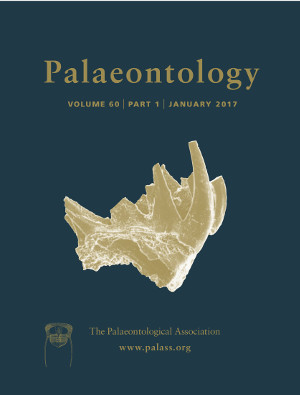Reg. Charity No. 1168330

Exceptionally preserved ‘Burgess Shale‐type’ fossil assemblages from the Cambrian of Laurentia, South China and Australia record a diverse array of non‐biomineralizing organisms. During this time, the palaeocontinent Baltica was geographically isolated from these regions, and is conspicuously lacking in terms of comparable accessible early Cambrian Lagerstätten. Here we report a diverse assemblage of small carbonaceous fossils (SCFs) from the early Cambrian (Stage 4) File Haidar Formation of southeast Sweden and surrounding areas of the Baltoscandian Basin, including exceptionally preserved remains of Burgess Shale‐type metazoans and other organisms. Recovered SCFs include taxonomically resolvable ecdysozoan elements (priapulid and palaeoscolecid worms), lophotrochozoan elements (annelid chaetae and wiwaxiid sclerites), as well as ‘protoconodonts’, denticulate feeding structures, and a background of filamentous and spheroidal microbes. The annelids, wiwaxiids and priapulids are the first recorded from the Cambrian of Baltica. The File Haidar SCF assemblage is broadly comparable to those recovered from Cambrian basins in Laurentia and South China, though differences at lower taxonomic levels point to possible environmental or palaeogeographical controls on taxon ranges. These data reveal a fundamentally expanded picture of early Cambrian diversity on Baltica, and provide key insights into high‐latitude Cambrian faunas and patterns of SCF preservation. We establish three new taxa based on large populations of distinctive SCFs: Baltiscalida njorda gen. et sp. nov. (a priapulid), Baltichaeta jormunganda gen. et sp. nov. (an annelid) and Baltinema rana gen. et sp. nov. (a filamentous problematicum).